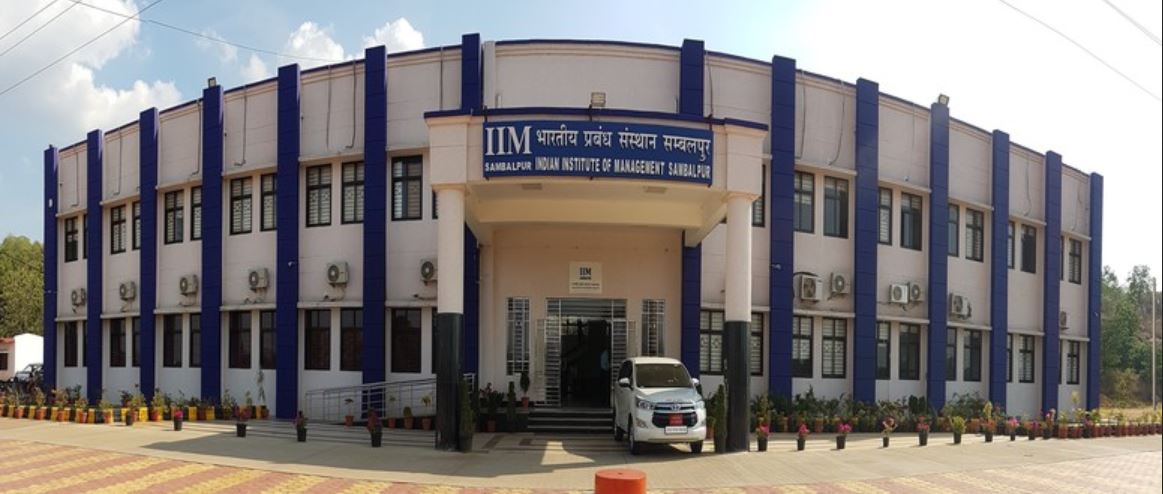Western Odisha Districts topped among in Economic Growth Rate
Sundergarh district in the state’s western belt posted the highest growth of 17.9 % followed by industrial hub Jharsuguda that enter a average growth of 10.9 %.
The same trend is more or less reflected in per capita incomes of districts with Angul wresting the top slot at Rs 20,500 followed by Jharsuguda Rs 19,800 and Sundergarh Rs 15,700. On the whole, the state with a per capita income of Rs 25,708 in 2010-11 is gradually closing in the gap with the national average. Its per capita income is projected at Rs 26,900 in 2011-12.Latest data contained in the Economic Survey for 2011-12 has anticipated growth of Orissa’s GDP at 7.18 % for the current fiscal as against the national average of 6.9 %.Quick estimates have pegged the state’s growth at 8.60 % in 2010-11 at 2004-05 prices.
The state economy has grown, in real terms at 2004-05 prices, at an average annual rate of 8.49 % in the first four years of the 11th Plan despite global economic slowdown.Agriculture sector which supports more than 60 % of the state’s population, has grown at the rate of 4.12 % in the first four years of the 11th Plan. Industrial sector which has 26 % share in the state’s economy, has posted growth of 9.12 % in this period while services sector has witnessed the highest growth at 9.86 %.On the poverty index, the state has shown perceptible improvement with the key economic indicator plunging from 39.90 % in 2004-05 to 29.69 % in 2009-10, as per NSS (National Sample Survey) data of the 66th round.However, widespread regional and social disparities have been noticed in development.
In public finance sector, the state has been able to contain fiscal deficit at 0.34 % of the GDP in 2010-11compared to 1.38 % in 2009-10. This has been achieved through lower growth of revenue expenditure and increase in revenue receipts. Fiscal deficit, has, however, been budgeted at 2.5 % of the GDP in 2011-12. Capital expenditure has gone up from Rs 5,733 crore in 2008-09 to Rs 6,683 crore in 2010-11. The debt-GSDP (Gross State Domestic Product) ratio has also been scaled down from 55.92 % at the end of 2002-03 to a more sustainable level of 20.07 % by the end of 2010-11. Advances estimates for 2011-12 show agriculture would account for 16.46 % of GSDP while services and industrial sector would have a share of 57.34 % and 26.20 % respectively.






 IIM Sambalpur
IIM Sambalpur
Leave a Reply